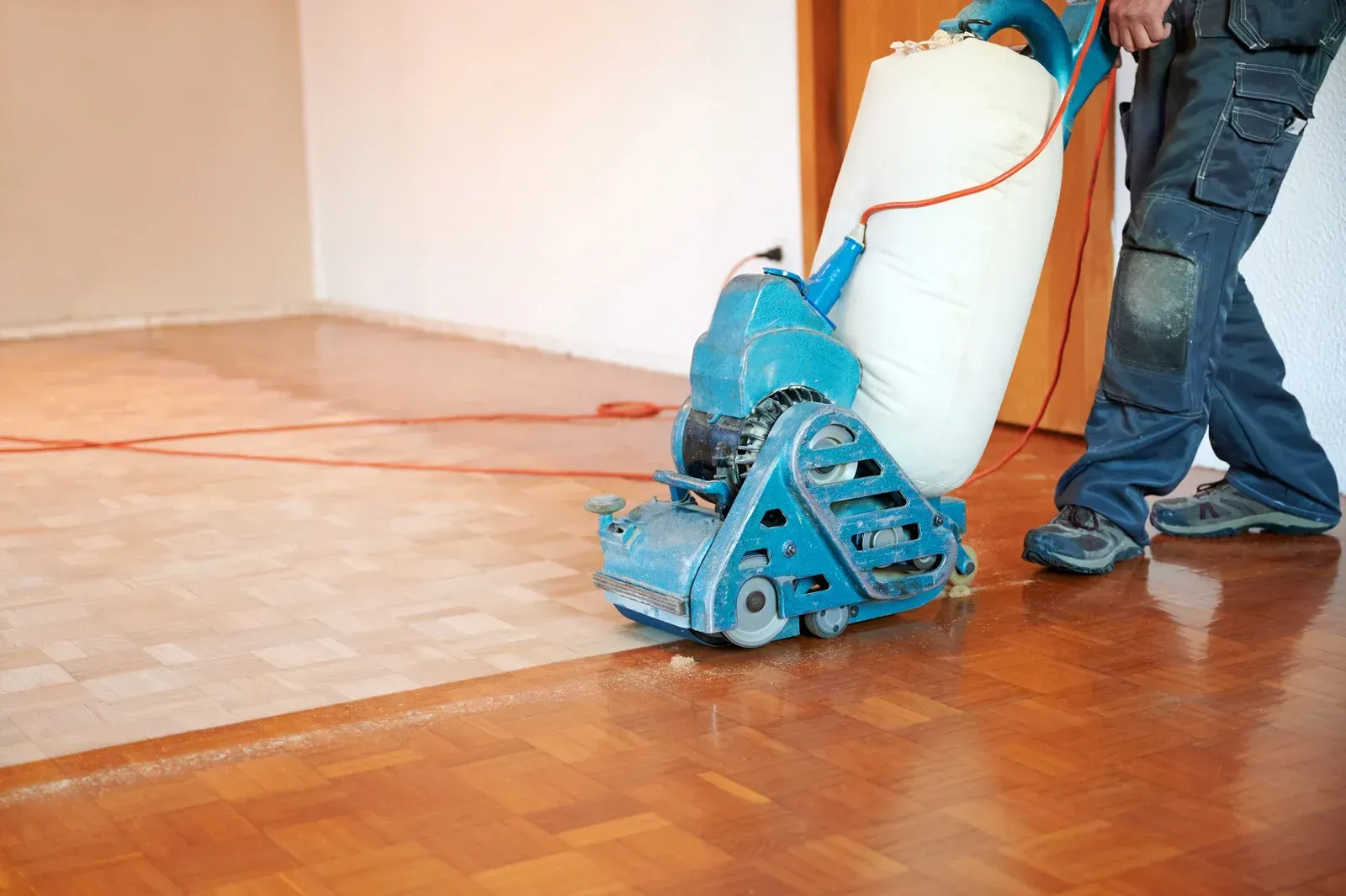How Professional Cleanup Teams Actually Handle Large-Scale Events
Large-scale events bring joy, entertainment, and unforgettable moments, but they also leave behind an enormous amount of waste, debris, and clutter that must be managed quickly and effectively. From festivals and concerts to sports games and community gatherings, cleanup after such occasions requires more than basic sweeping or trash collection.
Professional cleanup teams follow a detailed process to ensure every corner is restored to order, allowing organizers to focus on the success of the event rather than the mess left behind.
Detailed Planning Before the Event Begins
Cleanup does not begin once the last guest leaves; it starts with a plan created well before the first guest arrives. Professionals assess the size, type, and expected turnout of the event. They identify high-traffic areas such as entrances, seating zones, food stalls, and restrooms.
A cleanup schedule is then created, outlining how many staff members are required and which equipment must be brought on-site. By preparing early, teams make sure they have everything in place to manage the workload efficiently.
Using the Right Tools for the Job
A large-scale event often generates different types of waste, ranging from plastic bottles and food wrappers to larger debris left behind by vendors. Professional cleaners arrive with the right tools, including industrial vacuums, pressure washers, waste bins, and safety gear. The goal is to work faster and cover larger areas within tight deadlines. Equipment is chosen based on the surface type, whether it is concrete, turf, or grass. Specialized machines help reduce manual labor and improve speed, while safety tools ensure the work is done without injury.
Step-by-Step Waste Collection and Sorting
During an event, trash accumulates at different times and in various places. Professional teams often deploy staff members during the event itself to prevent waste from piling up. After the event ends, crews work in phases, starting with visible litter and moving toward smaller debris hidden in corners or under seating areas.
Waste is not only collected but also sorted. Recyclables such as cans, plastic, and paper are separated from food waste and general garbage. Sorting reduces landfill contributions and helps organizers meet eco-friendly standards.
Deep Cleaning and Sanitization
Once debris is cleared, the focus shifts to thorough cleaning and sanitization. Surfaces such as floors, restrooms, concession areas, and seating sections need attention. Pressure washing removes dirt from outdoor areas, while mopping and disinfecting ensure indoor spaces remain safe for future use.
Sanitization is especially important after events that involve large food and beverage consumption, since spills and stains can quickly become breeding grounds for bacteria if ignored. Professional cleaners make sure the venue not only looks clean but also feels hygienic.
Restoring the Venue to Original Condition
One of the main responsibilities of cleanup crews is to return the venue to its original state so it can be ready for the next booking. It requires focused attention, such as placing furniture back in position, removing temporary signage, and ensuring no damage is left unaddressed. Large outdoor events often leave behind dirt patches or trampled grass, and cleanup teams work with organizers to restore these areas as much as possible. When done well, it becomes difficult to tell that an event ever took place.
Handling large-scale events requires organization, equipment, and skilled staff who understand how to manage heavy workloads under strict deadlines. For reliable and efficient event cleanup services, NVM Facility Services, based in Coon Rapids, Minnesota, provides professional solutions that keep venues spotless, safe, and ready for their next big occasion.




